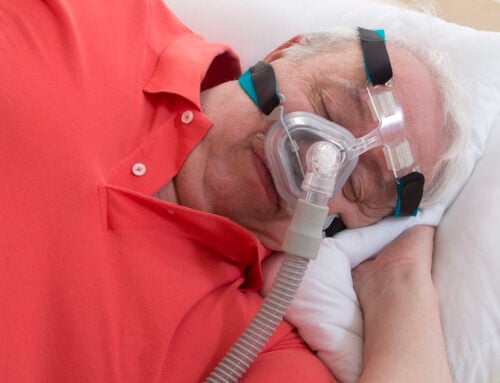Wearables And Your Heart
Nowadays, 1 in 3 Americans have devices like smartwatches, rings, and fitness trackers to monitor sleep quality, exercise, and calorie burn. Almost all these devices contain a heart monitor. The average resting heart rate ranges from 60-100 beats per minute. During physical activity, the heart rate can go as high as 220 minus the person’s age. The average heart rate for women is typically higher than for men. Smartwatches and other monitors help athletes track performance, and sedentary people become more active, but are the devices reliable? When an abnormal result is registered, a consult with a doctor may be necessary to rule out any health concerns.

How do heart rate monitors work?
Once the device is placed on the body, heart rate monitors use optical heart rate monitoring (OHRM) to measure the amount of blood the heart is pumping. This is done using photoplethysmography (PPG) technology. PPG uses green and red lights to detect how much blood flows beneath the skin. The blood reflects the red light and absorbs the green light. Ideally, a faster heartbeat will absorb more green light so that the watch will reflect higher beats per minute. Since the watch is in constant contact with the wrist, the heart rate monitor can continuously measure the user’s heart rate. The smartwatch or phone can then display a graph showing how the heart rate changes in response to exercise and rest over time.
How accurate are smartwatches?
The overall accuracy of heart rate monitors on smartwatches varies by person and device. Consistent use and higher quality devices provide a more accurate account of the user’s heart rate. Some wearables have advanced features that detect other cardiac rhythms and stress levels. These features can be handy for a person who suffers from a heart condition or has a family history of heart disease. In short, these devices give a reasonably accurate representation of heart rate, but there are some limitations.
Skin tone limitations
Studies show that people with darker skin tones can have disrupted results. This is because the melanin in the skin absorbs more of the green light, giving skewed readings. Initial algorithms did not consider a broad spectrum of skin tones, but there has been some progress in recent devices. However, heart rate monitors on smartwatches do not replace the need for regular checkups with a doctor.
When should I consult my doctor?
Some heart rate monitors can provide the user with an alert for abnormal heart rhythms and rates, such as when the heart rate gets too slow or fast. However, the information should not be used in isolation to determine a heart issue. Look for other symptoms like shortness of breath, chest pain, or dizziness, especially at rest. At the same time, consulting a doctor is a good idea to determine the cause of the problem. The data from the smartwatch can help accelerate a diagnosis or treatment. Watches now contain electrocardiograms (ECGs) that show up to 84% accuracy in detecting irregular heartbeats.
A heart-healthy watch
Smartwatches are a great way to obtain some basic information about heart rate. While there is room for improvement, wearers should not ignore the data presented. If an abnormal result is indicated, a follow-up appointment should be made with a doctor to repeat the heart rate reading and assess any other concerning symptoms. Beyond just telling time, smartwatches can be an essential tool for the early identification of heart problems.




